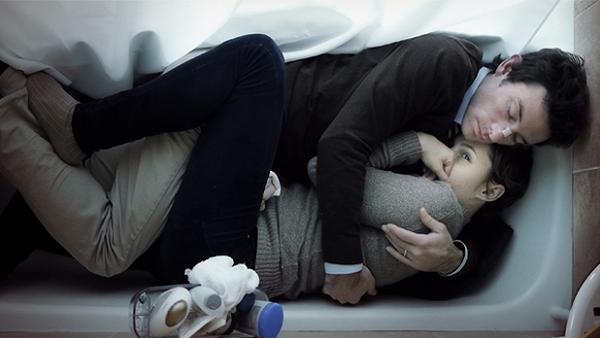
What’s good in 2013? If you’d asked me the same question three months ago, I’d have had very few titles worth recommending. This year has been marked by a glacial start, with decent B-movie pulp- Hansel & Gretel: Witch Hunters, The Last Stand– appearing sporadically from January onward, but it took March for 2013 to really start showing off the gems waiting patiently on its release slate. From Stoker to Beyond the Hills to Ginger & Rosa, March showed a turnaround in quality for this cinematic season, and things have picked up from there considerably. Where we’ll end up in December is another question entirely, but if the remainder of the ride takes us downhill, at least we can be thankful for the uptick in good movies in 2013’s first two quarters.
That’s a relief, because I’m not sure I could take a 365 day letdown after the embarrassment of riches that was 2012. Going from a banner year of that magnitude to, well, Bullet to the Head, Broken City, Gangster Squad, Parker, Movie 43, A Haunted House, Beautiful Creatures, A Good Day to Die Hard, and countless other movies that you’re all better off skipping. (Or drinking heavily to forget.) Grant that the early stretch of the new year is always rife with trash, but even the bright spots scattered through the wasteland weren’t all that bright, so the turnaround in March- which was itself marred by the presence of bottom-barrel fare like Jack the Giant Slayer– was that much more welcome.
Fast forward to now; we’re in July, and the summer split is well underway. You’ll hear from us about films like Only God Forgives, Pacific Rim, The World’s End, and more as they come, but in the meantime, let’s talk about the best of what 2013 has presented us thus far, starting with:
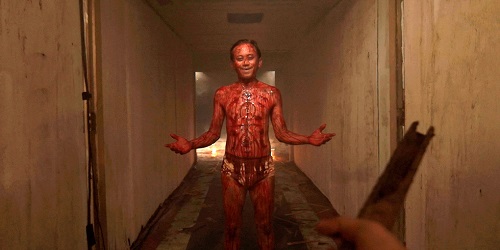
10.) V/H/S/2
I’ve yet to see a horror movie this year that, unlike so many other horror offerings both mainstream and indie, so thoroughly embraces the fun inherent in being a horror movie as V/H/S/2. I have seen a scarier movie, or a movie with one sequence that outdoes this lean, vicious anthology film in terms of pure terror, but for the full genre experience, it’s impossible to do better than V/H/S/2 in 2013. Come for the wraparound, stay for Gareth Evans’ incredible, should-have-been-its-own-feature contribution, Safe Haven. When all is said and done, V/H/S/2 might also be a film worth putting on the shelf next to Cabin in the Woods as a meta-exploration of horror fandom and what compels us to watch horror movies and what inspires filmmakers to create them in the first place.
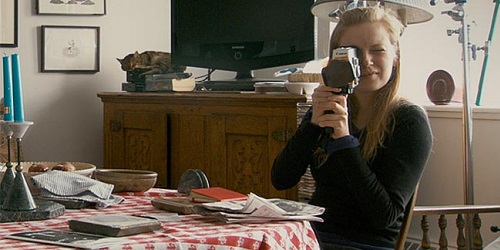 9.) Stories We Tell
9.) Stories We Tell
It’s easy to write off Stories We Tell as simple vanity, save for the fact that Sarah Polley, the talented actress-turned-filmmaker behind it, doesn’t really exist in the celebrity stratosphere that entitles one to vanity projects. It’s more correct to argue that she’s airing out her family’s dirty laundry for everyone else to see, turning audiences into a collective mediator and shrink to bounce her personal issues off of, but truthfully, she’s really just telling a story about telling a story. In narrating the story of her parentage- split between her birth mother, Diane, her unwitting foster father, Michael, and her biological father, whose name you’re better off learning on your own- Polley gets right at the center of the complexity of family dynamics while also commenting on the fractious nature of perspective.
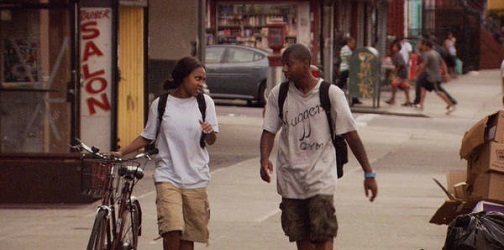
8.) Gimme the Loot
One of two narratives featured on this list, both of which are incredibly different from one another, that say something about the black experience- or, perhaps more accurately, black experiences- of living in the contemporary US. Adam Leon’s Gimme the Loot can be described in any number of bubbly, positive terms; it’s an effervescent, feel-good yarn that keeps its chin up without pandering or patronizing and refuses to gloss over its protagonists’ various struggles. Who wouldn’t want to hang out with Sofia and Malcolm (Tashiana Washington and Ty Hickson, each doing magnificent work) and join them in their bid to bomb Shea Stadium’s Home Run Apple? (Bombing like graffiti, not terrorists.) Sofia’s tough as nails and delicate as china while Malcolm’s slackerdom is off-set by his goofy amicability. Gimme the Loot glamorizes nothing, but this is still a vision of New York worth visiting.
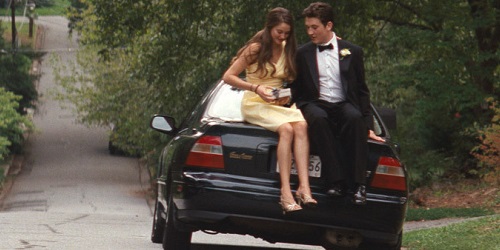
After watching The Spectacular Now, I know one thing for certain: James Ponsoldt needs to make more movies. Is he the heir apparent to John Hughes? Comparisons between his oeuvre and everything Ponsoldt has accomplished here abound, but Hughes- for all of his best traits, which are numerous- never made anything that felt this raw. Arguably, he never made anything that felt this true to life, either, but perhaps that’s a fight saved for another thread entirely. Herein lies the tale of a young man on the road to acloholism and ruin, and his chance encounter with a young lady who has the power to save him- except she can’t, because he stubbornly refuses to be saved. It’s difficult to say whether Shailene Woodley or Miles Teller comes out looking the best here; they’re turning out career-high stuff, which is saying something for Ms. Woodley given her turn in 2011’s The Descendants.
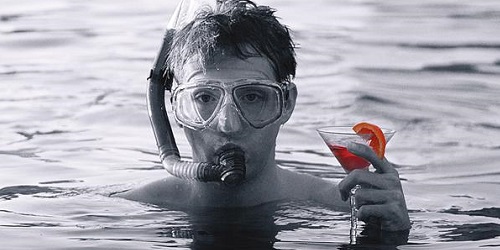
I like to think I know a thing or two about Shakespeare, and that when I make my evaluation of Much Ado About Nothing: A Joss Whedon Joint, it matters. Truthfully, it doesn’t, because at this point you’re either on the Whedon train or you aren’t. (Or you’re stowed away in one of its less-populated compartments, like me.) That’s to say that Whedon either revs your engines or frosts your cake, and if you’re in the former category, then Much Ado About Nothing will delight you. For hardcore Shakespeare fans- this may be the only time in history those two words have been put together in a sentence- your mileage may vary, but Whedon knows how to work with actors and dialogue and stage scenes around performace. His actors make up in passion and understanding of the language what they lack in British accents.
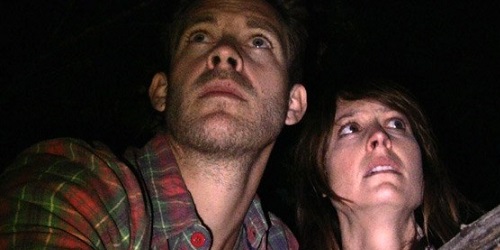
5.) Willow Creek
Here’s that other horror movie I referenced at entry 10, though I’ll be honest: I have a hard time qualifying Willow Creek as straight-up horror. Bobcat Goldthwait (yes, that Bobcat Goldthwait, the screaming comedian from the 80s who still knows how to get an audience to bust a gut) fosters tons of fear in what’s sure to be recognized universally as Willow Creek‘s signature moment- a 19 minute take set inside a tent- but what he’s really made is a slow-burn in the truest sense and a film about obsession. Stack Willow Creek against any other mumblecore attempt at horror and you’ll see the difference; stuff actually happens in Willow Creek, so when things get scary at the end, they actually scare us and matter. It’s hard to say the same for a House of the Devil or Silver Bullets. I don’t know if this is the Bigfoot film many people wanted, but it’s the Bigfoot film that we all needed.
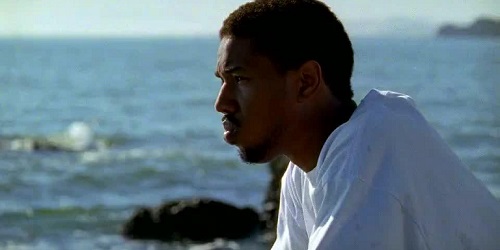
4.) Fruitvale Station
Short version: I’m under embargo on this film, so I can’t really say too much about it at this point so as to avoid breaking code. But Fruitvale Station manages to be a great work of art and- ideally- an important touchstone in national and cultural dialogues about gun-driven, bigotry-fueled violence. If you don’t know about Oscar Grant, you will by the time Ryan Coogler’s moving portrait of a life cut short by a system designed to suppress minorities reaches its climax; you’ll also know about Oakland native Coogler, who in his debut announces himself as a director worth our attention. The real winner here, without a doubt, is Michael B. Jordan, who breathes shocking life into the film’s tragic central figure, emerging as one of the most talented young actors of the day. Keep an eye out for Go, See, Talk!’s full review on July 26th.

3.) Spring Breakers
In a year that’s bursting at the seams with stories of American excess and indulgence- The Bling Ring, Pain & Gain, The Great Gatsby– nobody has dissected the science behind self-fulfillment and reckless entitlement better than Harmony Korine. Directing four young girls from the clutches of higher education to the Bacchanalian freedoms one can only enjoy on the sun-baked beaches of Miami, Korine presents a sensory assault on viewers through his brand of chaos cinema; through his eyes, we meet a generation of twenty-somethings with nothing to fight for other than their own contentment, presented against a backdrop of writhing bodies and rampant debauchery. Even when reality catches up to our band of heroines, empowered through their appropriation of traditionally male-centric violence even as they suffer horrid objectification, it doesn’t sink in- at least for most of them- and as the film comes to a close, no lesson is learned and no salvation attained. It’s a merciless, nihilistic picture, but it’s also alluring in its lurid vulgarity.
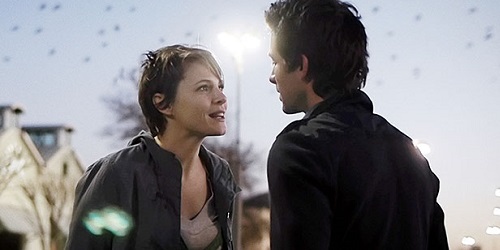
2.) Upstream Color
I’ve used two images from Shane Carruth’s sophomore effort in this very post, so you may not be surprised to learn that Upstream Color is the film I come back to more than anything else I’ve seen this year (save for the number one pick). For good reason, too; Upstream Color is the sort of film that reveals itself to views gradually, piece by piece, and yet remains so elusive when it ends that it demands a second, third, and fourth viewing. Is it a metaphor for relationships born out of joint trauma? Is it a piece of religious allegory, a retelling of the tale of Adam, Eve, the Serpent, and the Tree of Knowledge? It is something you have to read Walden to understand? Truthfully, it’s all these things, but it’s also so much more.
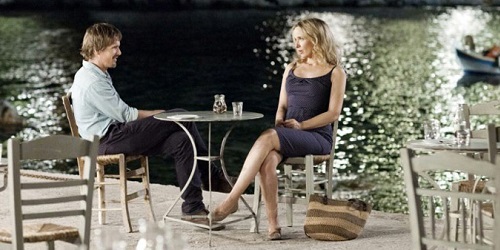
1.) Before Midnight
I don’t have a review for this yet, and frankly, I may not getting around to putting pen to paper (so to speak) and banging out my full thoughts on this, the third entry in Richard Linklater’s trilogy of films about star-crossed lovers Jesse and Celine. The trick to Before Midnight, of course, is that they’re not so star-crossed anymore; in fact, by the end of Before Sunset, they’ve shed that title entirely. Before Midnight takes us forward another nine years into the life Jesse and Celine built together after their Paris rendezvous; they’re married now, on vacation in the Peloponnese islands with twin daughters of their very own and a host of hopes and fears for their future as parents and as a couple. Jesse broods over his desire to spend more time with his son from his previous marriage while Celine worries she’ll be fitted with a housewife’s yoke. They wander through Greece, musing over the course their lives have taken, par for the course for them, and all the while Linklater stays out of their way and focuses solely on making an immaculate, fuss-free picture. If you’ve ever wondered what true love looks like, look no further than what this trio has accomplished here.
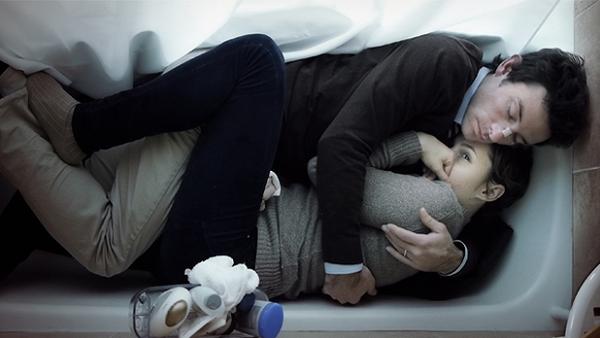

2 Comments
Colin Biggs
I haven’t seen any of your top five, but am very glad to hear they rank so highly. I just saw Primer recently and am catching up with the Before trilogy before I see their respective follow-ups.
Andrew Crump
Yeah, you really need to see Before Sunrise & Before Sunset before seeing Before Midnight; it’ll make much less sense otherwise. (And have much less impact.)
Primer‘s good, but Upstream Color is on a whole other level. It’s on Instant already, too, so you can check it out at your leisure.